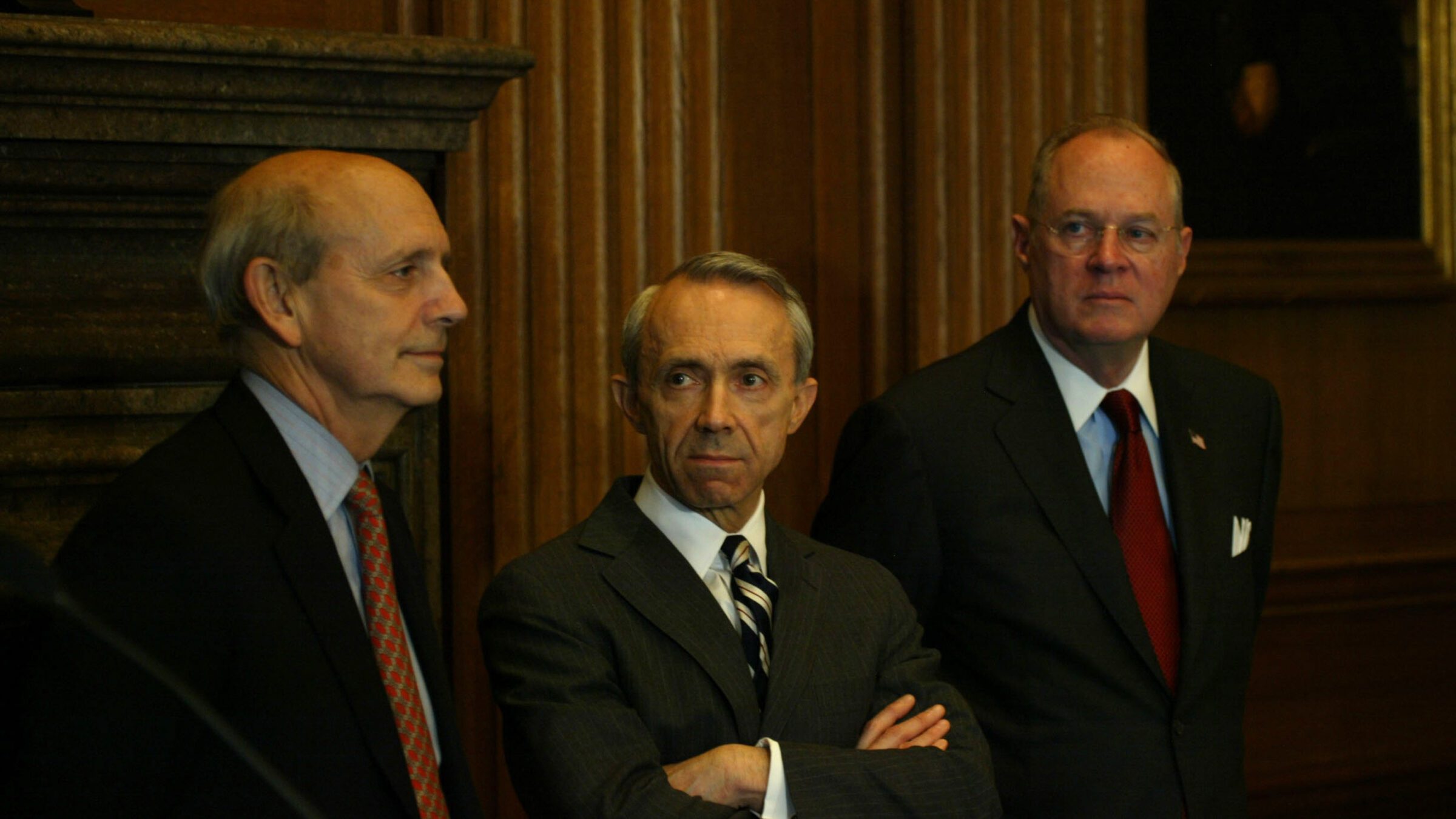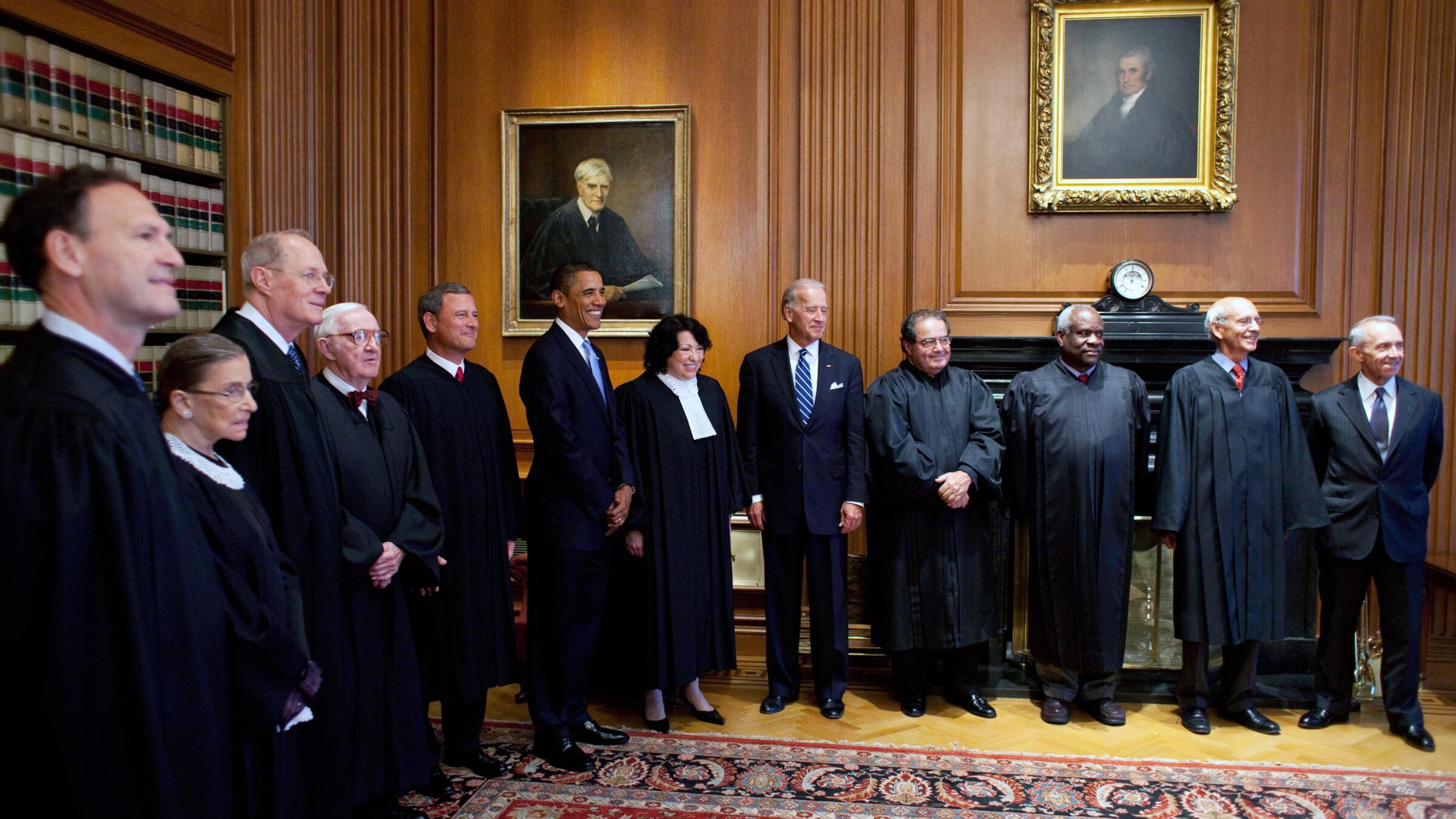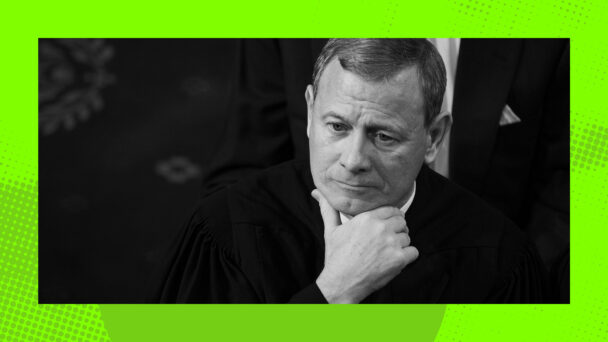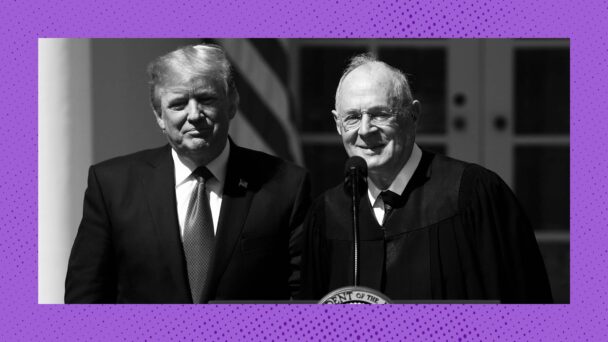David Souter, whom President George H.W. Bush appointed to the Supreme Court in 1990, and who spent the remainder of his 19-year tenure making conservatives insane with rage, died at his home in New Hampshire on Thursday. He was 85 years old.
Today, a Republican president would not even consider someone with Souter’s résumé for a district court judgeship, let alone a seat on the Supreme Court. A longtime state court judge with a thin jurisprudential record and no conservative legal movement ties to speak of, Souter got the nod mostly because his mentors, New Hampshire Republican Senator Warren Rudman and former New Hampshire Governor and then-White House Chief of Staff John Sununu, had enthusiastically lobbied Bush to pick their guy. The administration also hadn’t had much time to prepare: The seat had opened suddenly, when William Brennan, an 84-year-old liberal justice, had a stroke and reluctantly decided to retire a few days later.
At the time, there were sound practical reasons for picking someone like Souter: Just three years removed from the Senate’s bipartisan rejection of Robert Bork, a bombastic reactionary who flamed out in spectacular fashion, White House officials saw the appeal of putting up a candidate less likely to embarrass them. Privately, they were enamored with Clarence Thomas, a recently-confirmed federal appeals court judge, but decided he wasn’t quite ready for a promotion.

(Photo by Dirck Halstead/Getty Images)
Souter was not much more experienced on this front: Bush had nominated him to the First Circuit Court of Appeals, also at Rudman and Sununu’s urging, just a few months earlier. Liberal groups were apoplectic, warning that Souter’s confirmation to the Supreme Court posed an existential threat to women’s rights and racial justice. But Republican senators fell in line, and he was confirmed by a 90-9 vote. All nine lawmakers who opposed him were Democrats, who figured that even though Souter hadn’t had many opportunities to show his ideological cards, a Republican appointee would be a reliable vote for overturning Roe v. Wade, ending affirmative action, and otherwise taking the reactionary counterrevolution to the Warren Court to its glorious conclusion.
They were wrong. Souter quickly established himself as a reliable member of the Court’s liberal wing, and in 1992, he cast a critical vote in Planned Parenthood v. Casey to save Roe from what seemed like certain death. As a result, his nomination became a cautionary tale among leaders of the conservative legal movement. Among the reasons that President George W. Bush selected John Roberts and Samuel Alito, both former Reagan administration lawyers with impeccable conservative bona fides, was his determination to avoid his father’s mistake. The modern vetting process for Republican judicial nominees, in which lawyers who are not Federalist Society members basically have no shot, does not exist without David Souter; to this day, the right’s “No more Souters” mantra remains such an integral part of his legacy that The New York Times included it in the subheadline of Souter’s obituary.

Souter with Justices Stephen Breyer and Anthony Kennedy, 2003 (Photo by David Hume Kennerly/Getty Images)
Off the bench, Souter’s life bore no resemblance to those of most of his colleagues. When nominated, he lived in the same dilapidated New Hampshire farmhouse in which he grew up. He hated D.C. and its social scene, and drove his old Volkswagen from Washington to New Hampshire immediately after each term’s conclusion. On occasion, he described himself as having “the world’s best job in the world’s worst city.” My favorite Souter anecdote comes from Jan Crawford Greenburg’s book Supreme Conflict: Back in his state court days, he got so angry about an unanticipated increase to his electric bill that he brought it to work to show his colleagues. The bill—the total, not the increase—was just over $30.
It was Bush v. Gore, in which the five conservative justices handed the 2000 presidential election to their preferred candidate, Republican George W. Bush, that more or less broke Souter. The decision—its sloppiness, its vacuousness, its rank partisanship—represented everything he disliked about the institution, and robbed him of whatever enthusiasm he had left for it. In his book The Nine, Jeffrey Toobin says that Souter contemplated resigning in the months that followed, and that although he decided to stay, he was “never the same.”
The election of President Barack Obama in 2008 made the question of Souter’s retirement not if, but how soon. Sure enough, just three months after Obama was sworn in, Souter announced that he’d step down at the end of the term. Obama named his replacement, appeals court judge Sonia Sotomayor, a few weeks later.

Souter, far right, at the investiture ceremony for Justice Sonia Sotomayor, September 2009 (Photo by Pete Souza/White House via Getty Images)
At the time, Souter was just 69 years old—younger than five of his colleagues—and still in good health. But he also understood that an essential part of being a Supreme Court justice was being a responsible steward of the power entrusted to him, and knew that the chance to allow a Democratic president to appoint a justice who would protect his life’s work, instead of gleefully undoing it, was too valuable to miss. The liberal justices who have since followed his example—John Paul Stevens in 2010, and Stephen Breyer in 2022—kept their seats in liberal hands. If Ruth Bader Ginsburg had done the same, there is a good chance you would have no idea who Amy Coney Barrett is.
Most Supreme Court justices are famous for the votes they cast; this is certainly how Republicans, for whom Souter’s name remains a borderline slur, are remembering him today. But among Democrats, the most enduring aspect of David Souter’s legacy is that he knew his role, and was content to play it. He did the job for as long as he needed to, passed the torch to a worthy successor, and then left town for good.




